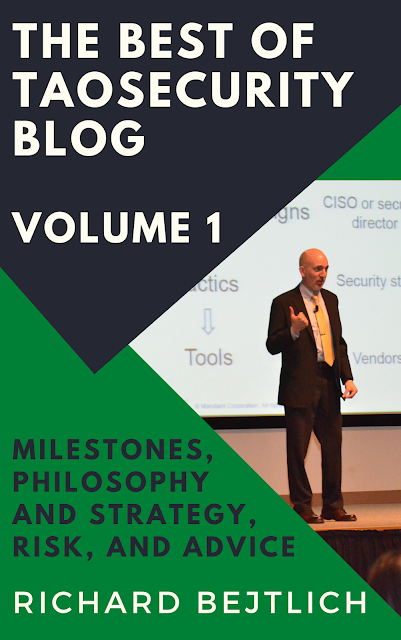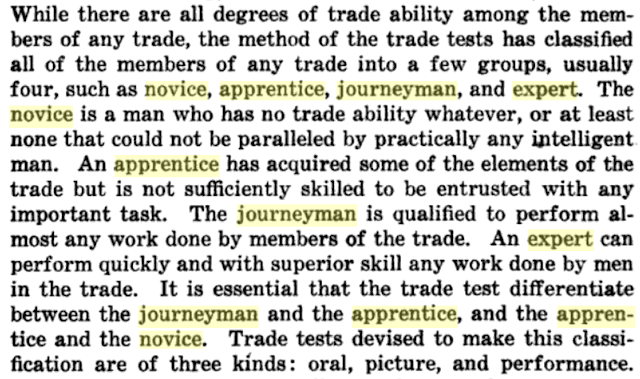New Book! The Best of TaoSecurity Blog, Volume 3

Introduction I published a new book! The Best of TaoSecurity Blog, Volume 3: Current Events, Law, Wise People, History, and Appendices is the third title in the TaoSecurity Blog series . It's in the Kindle Store , and if you have an Unlimited account, it's free. I also published a print edition , which is 485 pages. Book Description The book features the following description on the back cover: Since 2003, cybersecurity author Richard Bejtlich has been publishing posts on TaoSecurity Blog, a site with 15 million views since 2011. Now, after re-reading over 3,000 stories and approximately one million words, he has selected and republished the very best entries from 17 years of writing, along with commentaries and additional material. In the third volume of the TaoSecurity Blog series, Mr. Bejtlich addresses the evolution of his security mindset, influenced by current events and advice from his so-called set of "wise people." He talks about why speed ...









